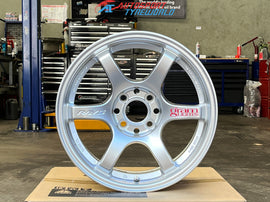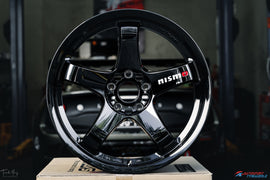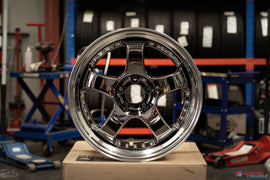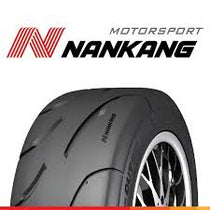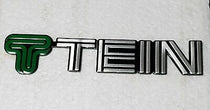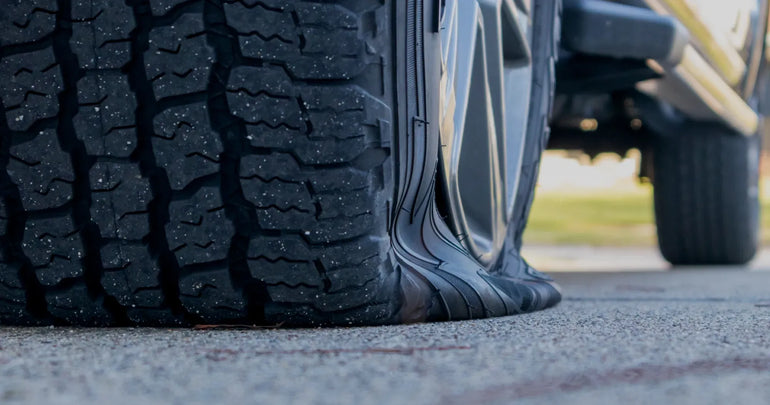Quick answer
Not every flat can (or should) be fixed. Tyre puncture repair is generally safe when the damage is small, in the central tread area, and the tyre hasn’t been driven too far while flat. If the puncture is on the shoulder/sidewall, is too large, or there’s internal damage, replacement is the only safe option.
When is tyre puncture repair typically safe?
-
Location: The hole sits within the repairable zone of the tread—not on the shoulder or sidewall.
-
Size & shape: Small, clean punctures (e.g., a nail) are candidates for professional tyre puncture repair.
-
Condition: No visible cuts, bubbles, or cords showing; the casing isn’t overheated from prolonged low‑pressure driving.
-
Repair method: A professional plug‑patch from inside the tyre—not just an external string plug.
When you should replace the tyre
-
Sidewall or shoulder damage. These areas flex heavily; tyre puncture repair isn’t safe here.
-
Large/irregular wounds, slashes, or multiple punctures close together.
-
Run‑flat misuse: You exceeded distance/speed limits after pressure loss; structural damage is likely—replace. (Run‑flats are designed only for short, reduced‑speed travel to a service centre. )
-
Aged or worn tyres: If tread depth is low or the tyre is old, replacement beats tyre puncture repair for safety and value.
DIY plug vs professional repair
Those “string plug” kits can be a temporary get‑you‑home fix, but they don’t inspect internal damage. A workshop tyre puncture repair removes the tyre, checks the casing, and uses an internal plug‑patch to seal both the hole and the inner liner. That’s the only method that restores integrity and helps prevent slow leaks.
Cost & time: what to expect
-
Repair: Typically far cheaper than a new tyre and quick to complete when the tyre qualifies for tyre puncture repair.
-
Replacement: Necessary when safety is in doubt; consider matching brand/size and checking load/speed ratings to stay compliant.
What to do right after a puncture
-
Pull over safely and avoid driving on a flat—heat builds fast and ruins the casing.
-
Check your spare or run‑flat status. If you have run‑flats, drive only a short distance at reduced speed to a service centre.
-
Mark the puncture (if visible) and avoid removing the object until inspection.
-
Visit a professional for inspection and tyre puncture repair if it’s eligible.
How to prevent the next flat
-
Keep pressures on spec. Under‑inflation leads to heat and damage, raising puncture risk.
-
Rotate on schedule to even out wear and reduce thin spots that invite punctures.
-
Match tyres to where you drive. Rough/gravel roads punish soft road tyres—choose appropriately to reduce punctures.
-
Inspect tread regularly for embedded stones/screws and remove them early.
Adelaide drivers: we can help today
If you’re unsure whether tyre puncture repair is safe for your case, swing by Autosport Tyre World, 647 Magill Road, Magill SA 5072, or call 0452 641 023 for advice and same‑day help.
Optional FAQs
Can a repaired tyre go on the front?
Yes—if a professional tyre puncture repair was performed and the tyre otherwise meets legal/condition standards. Balance the wheel after repair.
How many times can you repair a tyre?
It depends on puncture size, spacing, and overall condition. Multiple small punctures widely spaced in the repairable zone may be okay; your technician will advise after inspection.
Is slime/sealant a good idea?
Sealants can help in emergencies but often leave residue that complicates proper tyre puncture repair. Use only as a temporary measure and inform your technician.

